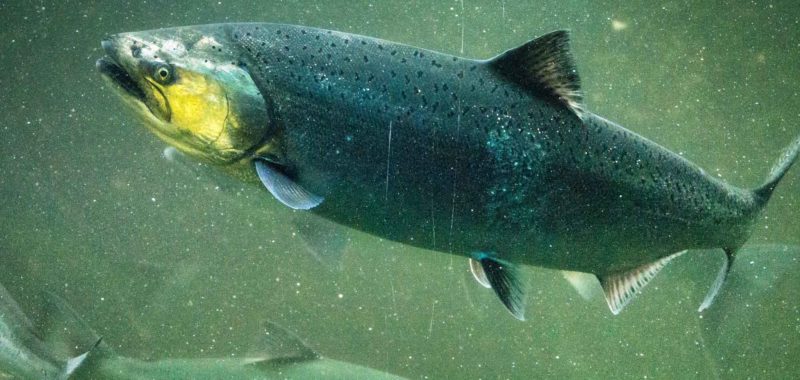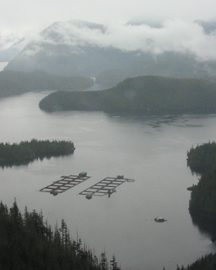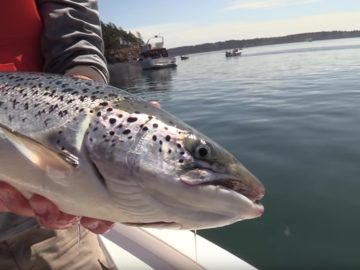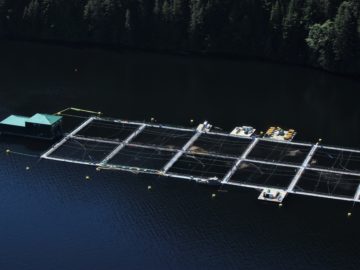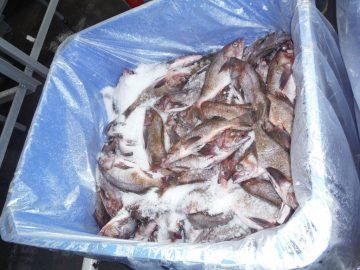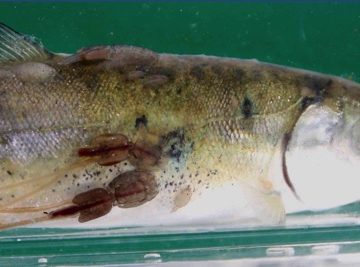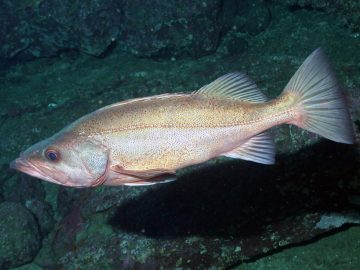June 2019 marks the half way point in the International Year of the Salmon. On Canada’s Pacific coast this is an opportunity to bring attention to long-standing conservation issues facing Chinook salmon. Some of these concerns are starting to be addressed with recent unprecedented action by Fisheries and Oceans Canada (DFO) to restrict Chinook harvest on populations returning to southern BC rivers to spawn. Changes in management include both seasonal and area closures designed to minimize the impact to depleted Chinook populations.
Several unique Chinook populations in Southern BC have been in decline for nearly two decades. In November 2018, the Committee on the Status of Endangered Wildlife in Canada (COSEWIC) released a report that found the majority of 16 south coast and Fraser River Chinook populations assessed were either endangered or threatened. This information was consistent with DFO’s own assessments and validated the need for the strong actions announced last month. Because COSEWIC assessments are part of the Species at Risk Act as opposed to the Fisheries Act, there was further impetus for implementing stronger management measures.
Most people consider Chinook salmon as a single species, and while that is true, in British Columbia they are comprised of 68 different populations which collectively contribute to their overall abundance. Each population has unique attributes, such as when and where they spawn and amount of time spent in rivers versus in the ocean. These differences result in a unique genetic composition. Protecting the biodiversity of wild Chinook salmon across the entire landscape of British Columbia is the conservation goal. Because most Chinook fisheries access salmon while at sea, there is no practical way of only targeting the healthy populations and consequently this mixed stock approach incurs a high risk to endangered populations. The announced management measures are in effect until mid July and are designed to allow the most at risk populations to swim through the fishing grounds without being caught.
Chinook salmon is the most valuable recreational fish species in the province supporting an enormous industry. Strong recovery actions are necessary to ensure these fisheries exist in the future. In addition to their importance to fisheries these same populations of Chinook are heavily relied upon as a prey source for the endangered Southern Resident Killer Whale considered to be at imminent risk of extinction.
